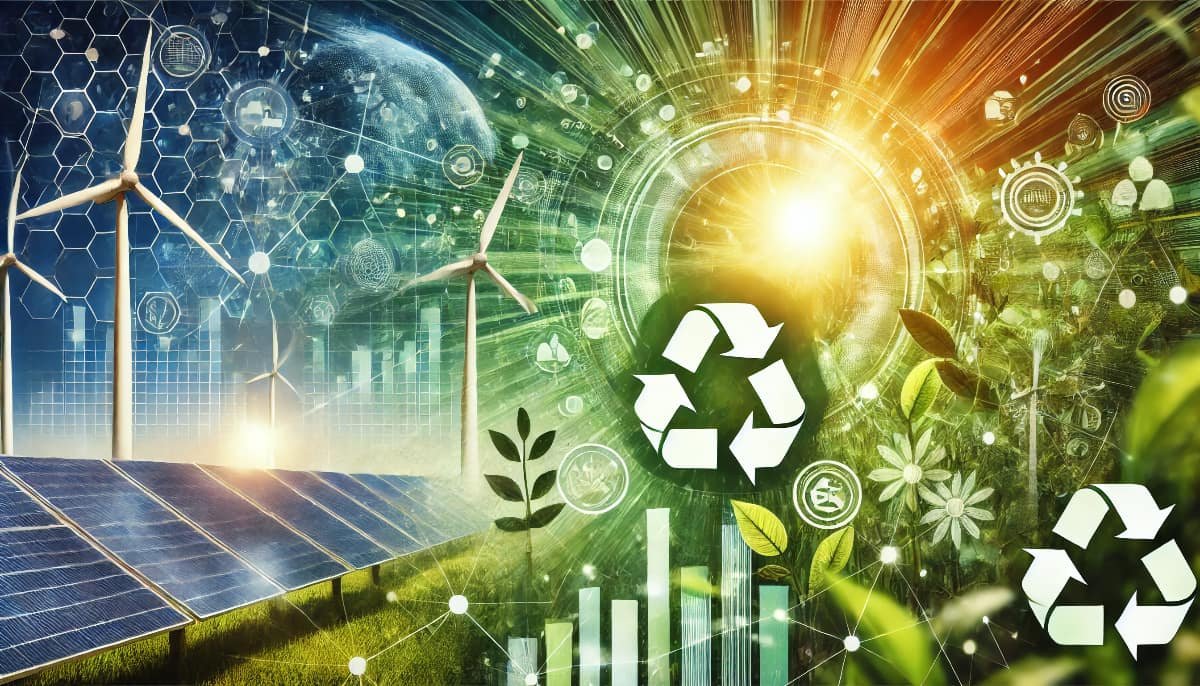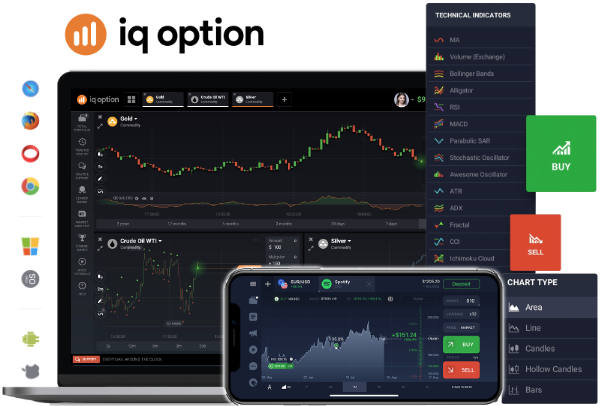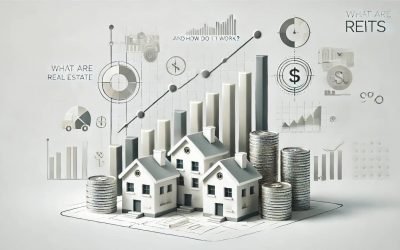The Urgency of Climate Change
Climate change is no longer a distant threat; it is a present reality. The increasing frequency of extreme weather events, rising sea levels, and the loss of biodiversity are all indicators that our planet is undergoing significant changes. The scientific consensus is clear: human activities, particularly the burning of fossil fuels, are the primary drivers of these changes. As a result, there is an urgent need to transition to more sustainable and environmentally friendly technologies.

The Environmental Impact of Traditional Energy Sources
Traditional energy sources, such as coal, oil, and natural gas, have been the backbone of industrial development for over a century. However, their environmental impact is profound and multifaceted:
- Greenhouse Gas Emissions: The combustion of fossil fuels releases large amounts of carbon dioxide (CO2) and other greenhouse gases into the atmosphere, contributing to global warming.
- Air Pollution: Burning fossil fuels also releases pollutants such as sulphur dioxide (SO2), nitrogen oxides (NOx), and particulate matter, which can cause respiratory problems and other health issues.
- Water Pollution: Oil spills and the runoff from coal mining can contaminate water sources, harming aquatic life and making water unsafe for human consumption.
- Habitat Destruction: Extracting fossil fuels often involves significant land disturbance, leading to habitat loss and degradation.
The Rise of Green Technologies
In response to the environmental challenges posed by traditional energy sources, green technologies have emerged as a viable and necessary alternative. These technologies aim to reduce environmental impact, improve energy efficiency, and promote sustainability. Some of the most promising green technologies include:
- Renewable Energy Sources: Solar, wind, hydro, and geothermal energy are renewable sources that produce little to no greenhouse gas emissions.
- Energy Storage Solutions: Advances in battery technology and other energy storage systems are making it possible to store and use renewable energy more efficiently.
- Electric Vehicles (EVs): EVs produce zero tailpipe emissions and are becoming increasingly affordable and accessible.
- Green Building Technologies: Innovations in construction materials and techniques are making buildings more energy-efficient and environmentally friendly.
- Carbon Capture and Storage (CCS): CCS technologies capture CO2 emissions from industrial processes and store them underground, preventing them from entering the atmosphere.
Economic Benefits of Investing in Green Technologies
Investing in green technologies is not only beneficial for the environment but also offers significant economic advantages. These benefits include job creation, cost savings, and long-term financial returns.
Job Creation and Economic Growth
The transition to green technologies has the potential to create millions of jobs worldwide. According to the International Renewable Energy Agency (IRENA), the renewable energy sector alone employed over 11 million people globally in 2018. This number is expected to grow as more countries invest in renewable energy projects.
In addition to direct employment in the renewable energy sector, green technologies also create jobs in related industries, such as manufacturing, construction, and research and development. For example, the production and installation of solar panels and wind turbines require skilled labour, while advancements in battery technology and energy storage create opportunities for engineers and scientists.
Cost Savings and Financial Returns
While the initial investment in green technologies can be significant, the long-term cost savings are substantial. Renewable energy sources, such as solar and wind, have low operating costs because they do not require fuel. Once the infrastructure is in place, the cost of generating electricity from these sources is minimal.
Moreover, energy-efficient technologies can reduce energy consumption and lower utility bills for businesses and households. For example, LED lighting, energy-efficient appliances, and smart home systems can significantly reduce electricity usage and save money over time.
Investing in green technologies can also provide attractive financial returns. As the demand for sustainable products and services grows, companies that prioritise environmental sustainability are likely to see increased revenue and market share. Additionally, green technologies can enhance a company’s reputation and attract environmentally conscious consumers and investors.
Technological Advancements Driving Green Innovation
Technological advancements are playing a crucial role in driving green innovation and making sustainable solutions more accessible and affordable. These advancements are occurring across various sectors, including energy, transportation, and construction.
Advances in Renewable Energy Technologies
Significant progress has been made in the development and deployment of renewable energy technologies. Some notable advancements include:
- Solar Power: The efficiency of solar panels has improved dramatically, and the cost of solar energy has decreased by more than 80% over the past decade. Innovations such as bifacial solar panels and solar tracking systems are further enhancing the performance of solar installations.
- Wind Power: Modern wind turbines are more efficient and capable of generating more electricity than ever before. Offshore wind farms are also becoming more prevalent, taking advantage of stronger and more consistent wind resources.
- Energy Storage: Advances in battery technology, such as lithium-ion and solid-state batteries, are improving the storage capacity and lifespan of energy storage systems. These advancements are critical for integrating renewable energy into the grid and ensuring a stable energy supply.
Innovations in Transportation
The transportation sector is a significant contributor to greenhouse gas emissions, but green technologies are transforming the way we move people and goods. Key innovations include:
- Electric Vehicles (EVs): The development of more affordable and efficient EVs is accelerating the shift away from internal combustion engines. Advances in battery technology are extending the range of EVs and reducing charging times.
- Public Transportation: Electrification of public transportation systems, such as buses and trains, is reducing emissions and improving air quality in urban areas. Additionally, innovations in shared mobility and autonomous vehicles are making transportation more efficient and sustainable.
- Alternative Fuels: Research into alternative fuels, such as hydrogen and biofuels, is providing new options for reducing emissions from transportation. These fuels can be used in various applications, including aviation and shipping.
Green Building Technologies
The construction and operation of buildings account for a significant portion of global energy consumption and emissions. Green building technologies are addressing this challenge by making buildings more energy-efficient and environmentally friendly. Key innovations include:
- Energy-Efficient Materials: The use of advanced insulation materials, energy-efficient windows, and reflective roofing can significantly reduce energy consumption in buildings.
- Smart Building Systems: Smart thermostats, lighting controls, and building management systems can optimise energy use and improve the comfort and efficiency of buildings.
- Sustainable Design: Green building certifications, such as LEED and BREEAM, promote sustainable design practices that minimise environmental impact and enhance the health and well-being of occupants.
Social and Environmental Benefits of Green Technologies
In addition to economic advantages, green technologies offer numerous social and environmental benefits. These benefits include improved public health, enhanced energy security, and the preservation of natural resources.
Improved Public Health
The adoption of green technologies can have a positive impact on public health by reducing air and water pollution. For example, transitioning to renewable energy sources and electric vehicles can decrease the emission of harmful pollutants, such as sulphur dioxide, nitrogen oxides, and particulate matter. This reduction in pollution can lead to fewer respiratory and cardiovascular diseases, ultimately improving the quality of life for communities.
Enhanced Energy Security
Green technologies can enhance energy security by diversifying energy sources and reducing dependence on fossil fuels. Renewable energy sources, such as solar and wind, are abundant and widely distributed, making them less vulnerable to geopolitical tensions and supply disruptions. Additionally, advancements in energy storage and smart grid technologies can improve the resilience and reliability of the energy system.
Preservation of Natural Resources
Green technologies promote the sustainable use of natural resources by reducing waste and minimising environmental impact. For example, renewable energy sources do not deplete finite resources, such as coal and oil. Similarly, energy-efficient technologies can reduce the demand for raw materials and lower the environmental footprint of manufacturing processes.
Challenges and Opportunities in the Green Technology Sector
While the potential benefits of green technologies are significant, there are also challenges that must be addressed to fully realise their potential. These challenges include technological, financial, and policy-related barriers. However, these challenges also present opportunities for innovation and collaboration.
Technological Challenges
One of the primary challenges in the green technology sector is the need for continued technological innovation. While significant progress has been made, further advancements are necessary to improve the efficiency, affordability, and scalability of green technologies. For example, enhancing the energy density and lifespan of batteries is critical for the widespread adoption of electric vehicles and renewable energy storage.
Financial Barriers
The initial cost of green technologies can be a barrier to adoption, particularly for small businesses and low-income households. While the long-term cost savings are substantial, the upfront investment can be prohibitive. To address this challenge, innovative financing mechanisms, such as green bonds and public-private partnerships, are needed to make green technologies more accessible and affordable.
Policy and Regulatory Challenges
Effective policies and regulations are essential for promoting the adoption of green technologies. However, inconsistent or inadequate policy frameworks can hinder progress. Governments must implement supportive policies, such as subsidies, tax incentives, and renewable energy mandates, to encourage investment in green technologies. Additionally, international cooperation is necessary to address global challenges, such as climate change and resource depletion.
Opportunities for Innovation and Collaboration
Despite these challenges, the green technology sector presents numerous opportunities for innovation and collaboration. Public and private sector partnerships can drive research and development, accelerate the deployment of green technologies, and create new business models. Additionally, international collaboration can facilitate the sharing of knowledge and best practices, helping to scale up successful solutions and address global environmental challenges.
Conclusion: The Time to Invest in Green Technologies is Now
The urgency of climate change, coupled with the economic, social, and environmental benefits of green technologies, makes now the ideal time to invest in sustainable solutions. Technological advancements are driving innovation and making green technologies more accessible and affordable. The transition to a green economy offers significant opportunities for job creation, cost savings, and long-term financial returns.
While challenges remain, they also present opportunities for innovation and collaboration. By investing in green technologies, we can create a more sustainable and resilient future for ourselves and future generations. The time to act is now, and the benefits of doing so are clear.
Q&A Section
Q1: What are some examples of green technologies?
A1: Examples of green technologies include renewable energy sources (solar, wind, hydro, geothermal), electric vehicles (EVs), energy storage solutions (batteries), green building technologies (energy-efficient materials, smart building systems), and carbon capture and storage (CCS).
Q2: How do green technologies benefit the economy?
A2: Green technologies benefit the economy by creating jobs, reducing energy costs, and providing long-term financial returns. They also enhance a company’s reputation and attract environmentally conscious consumers and investors.
Q3: What are the environmental benefits of green technologies?
A3: Environmental benefits of green technologies include reduced greenhouse gas emissions, improved air and water quality, preservation of natural resources, and protection of biodiversity. These technologies help mitigate climate change and promote sustainability.
Q4: What challenges do green technologies face?
A4: Challenges faced by green technologies include technological barriers (e.g., improving efficiency and affordability), financial barriers (e.g., high initial costs), and policy-related barriers (e.g., inconsistent regulations). Addressing these challenges requires innovation, collaboration, and supportive policies.
Q5: Why is now the ideal time to invest in green technologies?
A5: Now is the ideal time to invest in green technologies due to the urgency of climate change, the economic benefits (job creation, cost savings), and the social and environmental advantages (improved public health, enhanced energy security). Technological advancements are also making green technologies more accessible and affordable.
Further Reading:















 How to trade CFD? (00:49)
How to trade CFD? (00:49) How to trade binary options*? (01:22)
How to trade binary options*? (01:22) Forex. How to start? (01:01)
Forex. How to start? (01:01)